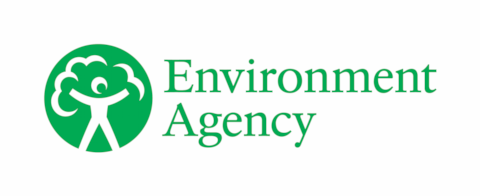Hazard screening and UK risk prioritisation for tyre additives: summary
Published 18 July 2025
1. Chief Scientist’s Group report summary
This project identified chemical additives in tyres that should be prioritised for further assessment. Available hazard and tonnage data and modelling were used to assess and rank substances based on their relative environmental hazard and/or risk. Substances identified in this study should be prioritised for further detailed assessment by the Environment Agency and other stakeholders.
1.1 Background
Tyres are made of a mixture of rubbers and hundreds of chemical additives. When tyres wear, they generate tyre wear particles (TWP), which are microplastics. Tens of thousands of tonnes of TWP are thought to be released to the UK environment each year. Chemicals can leach from these particles, so may pose an environmental risk if they are toxic.
1.2 Approach
Based on previous assessments performed by the Environment Agency and other stakeholders, 61 substances were selected for prioritisation. The substances were ranked using a scoring system weighted to their environmental hazard and, secondarily, around their UK and EU registered tonnages and their expected concentrations in tyres. Qualitative categories were then assigned based on the scores:
- ‘Of concern’ - 14 substances
- ‘Of potential concern’ - 29 substances
- ‘Lower concern’ - 14 substances
- ‘Could not be assessed’ - 4 substances without sufficient data for assessment
20 substances were taken forward for further risk-based assessment. These comprised all the ‘Of concern’ substances and some of the highest scoring ‘Of potential concern’ substances.
Exposure and risk assessments were performed using our draft TWP exposure scenario, which estimates the mass of rubber released to the environment and the amount of substance assumed to be leached. The values were then used as inputs for European Union System for the Evaluation of Substances (EUSES) modelling on a substance-by-substance basis to derive a predicted environmental concentration (PEC) in various environmental compartments, such as water, sediment and soil at the regional scale.
PECs were compared to ‘predicted no effect concentrations’ (PNECs) obtained from data in the academic literature, Registration, Evaluation, Authorisation and Restriction of Chemicals (REACH) registration dossiers, or environmental quality standards (EQS) to obtain a risk characterisation ratio (RCR). The substances were ranked based on their highest RCR.
1.3 Results
The hazard-based assessment generally gave the highest ranking to substances well known as environmental pollutants, e.g. octylphenol, zinc oxide and benzotriazole. In contrast, these substances came near the bottom of the risk-based prioritisation which instead gave the highest rankings to the benzothiazole vulcanising agents Dicyclohexylbenzothiazole-2-sulfenamide (DCBS) and Benzothiazyl disulfide (MBTS), both used to increase rubber strength and elasticity, and the phenylenediamine (PPD) derivative antiozonants and their degradation products.
The difference in the rankings between these two methods is likely due to more information being available for the well-known and better characterised environmental pollutants compared to the lesser-known substances primarily used as tyre additives, which affects the size of the assessment factors used for deriving PNECs. Freshwater and freshwater sediment were predicted to be the most sensitive environmental compartments.
1.4 Conclusions
The modelling was undertaken for prioritisation purposes and does not mean that chemicals in tyres are causing an actual environmental risk that is not adequately controlled. Recommendations are made for a more detailed review of the highest priority substances, particularly PPDs. Monitoring could also be undertaken for the substances ranked highest by the risk-based prioritisation, with a focus on the environmental compartments identified as most sensitive for each substance.
1.5 Publication details
This summary relates to information reported in detail in the following output:
- Title: Hazard screening and UK risk prioritisation for tyre additives
- Project managers: John D. Crosse and Tobias Armstrong-Telfer, Chemicals Assessment Unit
- Research contractor: wca environment limited
This project was commissioned by the Environment Agency’s Chief Scientist’s Group, which provides scientific knowledge, tools and techniques to enable us to protect and manage the environment as effectively as possible.
Enquiries: research@environment-agency.gov.uk.
© Environment Agency

